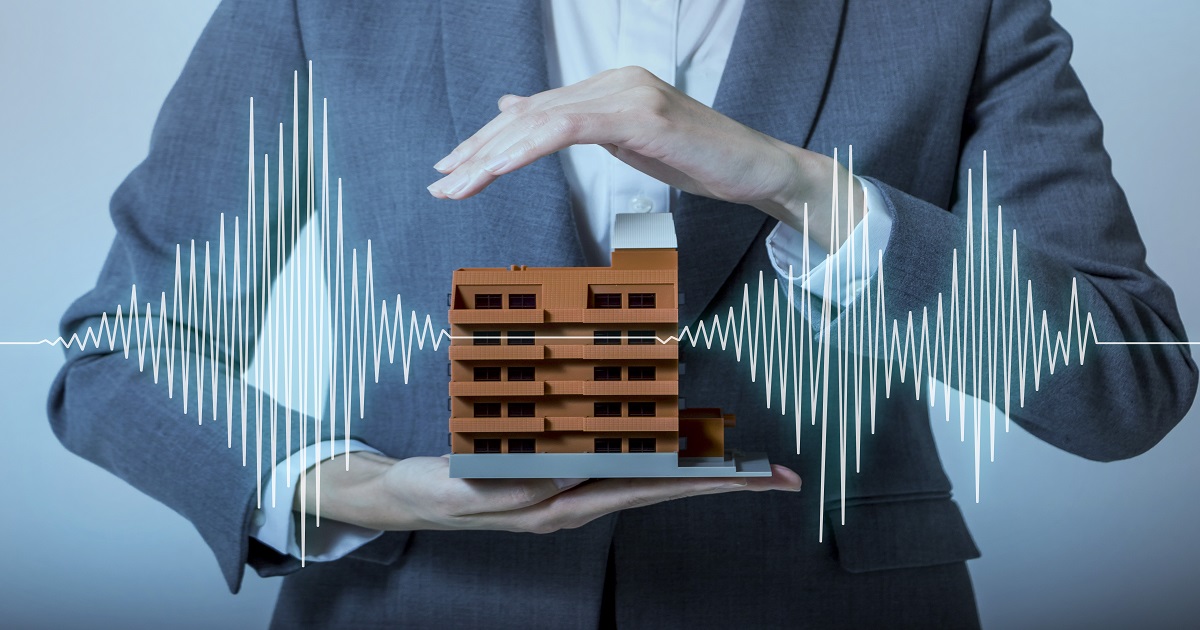Seismic Resistance of Buildings and Urban Systems
A special issue of Buildings (ISSN 2075-5309). This special issue belongs to the section "Building Structures".
Deadline for manuscript submissions: closed (15 January 2024) | Viewed by 8058

Special Issue Editor
Interests: structures in architecture; earthquake engineering; dynamic analysis; seismic isolation; asymmetric structures; seismic resistance of energy-efficient buildings; urban resilience; urban systems; risk assessment
Special Issue Information
Dear Colleagues,
Earthquakes are one of the most unpredictable natural hazards that the built environment faces today. Despite its rareness and low probability, the consequences of a severe earthquake on a local, regional and global scale could be fatal in terms of casualties, economic loss, and downtime. In order to avoid worst-case scenarios, more attention must be paid towards prevention (designing and building structures with adequate seismic resistance and placing them in proper areas), mitigation (through the implementation of seismic retrofitting measures on existing structures), and societal preparation (developing an adequate perception of seismic risk through communication in society) with regard to earthquakes.
In recent decades, extensive research and great advances have been made in the fields of the modelling, analysis, design and behaviour assessment of the built environment at the micro level (i.e., considering a single building structure). However, a consensus on a holistic approach to the seismic resistance assessment of the built environment at the macro level (e.g., urban scale) has not yet been reached. A comprehensive assessment of a city’s seismic performance should encompass the complexity of an urban system, including its main physical and social components and the dynamic interactions between them.
This Special Issue aims to gather the contributions dealing with studies on the seismic resistance of physical urban components (buildings and infrastructure) and their interactions (e.g., earthquake debris volume, road network interruptions, accessibility of critical facilities, disruption of lifelines and supply systems, existence of evacuation and rescue paths, etc.). It attempts to provide an overview of the existing knowledge and current research trends in the field of earthquake engineering.
Original research, i.e., theoretical and experimental papers, case studies, and comprehensive review papers are welcome for this Special Issue. Research areas may include (but are not limited to) the following:
- The performance of structures;
- The seismic-resilient built environment;
- Mathematical and simulation modelling;
- New approaches to designing structures and their influence on increasing the seismic resistance of the built environment;
- The seismic vulnerability of existing building stock;
- Innovative seismic technology;
- The quantitative assessment of the performance of urban systems after an earthquake;
- Post-disaster recovery and reconstruction;
- Experiences from recent earthquakes.
I look forward to receiving your contributions.
Dr. David Koren
Guest Editor
Manuscript Submission Information
Manuscripts should be submitted online at www.mdpi.com by registering and logging in to this website. Once you are registered, click here to go to the submission form. Manuscripts can be submitted until the deadline. All submissions that pass pre-check are peer-reviewed. Accepted papers will be published continuously in the journal (as soon as accepted) and will be listed together on the special issue website. Research articles, review articles as well as short communications are invited. For planned papers, a title and short abstract (about 100 words) can be sent to the Editorial Office for announcement on this website.
Submitted manuscripts should not have been published previously, nor be under consideration for publication elsewhere (except conference proceedings papers). All manuscripts are thoroughly refereed through a single-blind peer-review process. A guide for authors and other relevant information for submission of manuscripts is available on the Instructions for Authors page. Buildings is an international peer-reviewed open access monthly journal published by MDPI.
Please visit the Instructions for Authors page before submitting a manuscript. The Article Processing Charge (APC) for publication in this open access journal is 2600 CHF (Swiss Francs). Submitted papers should be well formatted and use good English. Authors may use MDPI's English editing service prior to publication or during author revisions.
Keywords
- earthquake engineering
- seismic resistance of built environment
- seismic resilient cities
- earthquake risk mitigation
- fragility analysis
- seismic loss estimation
- innovative seismic technology
- urban systems
- performance assessment





